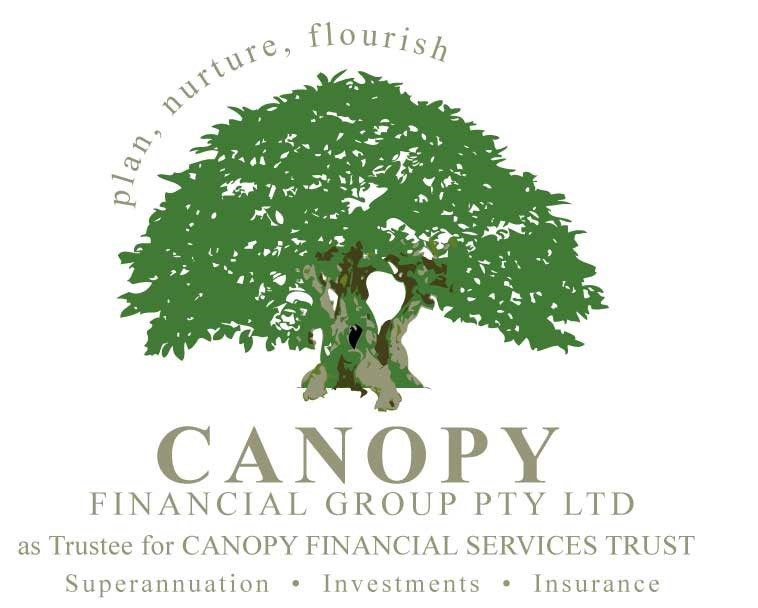
Different times of life call for different types of financial advice. This week, we start looking at ways to assist young adults giving themselves the firmest financial footing available.
Basically, there are four main pillars to successful financial management. They are:
- A reliable income, derived either from investments or work that you enjoy doing;
- Sensible insurances in case things go wrong;
- At least one residential property (AKA the place where you live!)
- Other investments, including (at least) your superannuation.
For obvious reasons, few of these are available to younger people. But most people want to pursue these pillars – perhaps, in particular, buying their own home. And for most people, buying a home means combining money that you have saved, known as a ‘deposit,’ with a mortgage loan. This loan then paid off over an extended period of up to 30 years.
Many people target saving a deposit of 20% of the purchase price of their property. This is because 20% is typically the point at which mortgage insurance is no longer necessary. Mortgage insurance is an ‘extra’ insurance that the borrower pays to insure the lender in the event that the property market falls and the property becomes worth less than the amount of the outstanding loan. That likelihood becomes less as the proportion of the purchase price that is borrowed reduces. So, the higher the deposit, the less likely the need for insurance.
Most people aiming to purchase a home need to save to do so. Realising this, most banks offer a relatively high interest-earning savings account targeted specifically at people looking to kick start the wealth creation process. Each bank has a slightly different alternative, but the various accounts tend to have the following features:
- Zero fees;
- No minimum balance;
- A standard ‘base’ rate which is quite low. 0.55% was a common basic rate when we checked earlier this week;
- An additional ‘bonus’ rate which is paid when certain conditions are met. At the moment, this rate is typically around 4.5 to 4.95%, meaning that the total interest payable can be up around 5.5%.
The interest rates stated are annual rates, but they are generally paid on a monthly basis. And each month is seen as a separate period of time.
The base rate of interest is paid every month. The bonus rate is ‘only’ paid in months where specific conditions are met. These conditions are usually that you deposit extra money into the account each month. Some accounts allow you to also make withdrawals – they will pay you the bonus rate as long as your deposits are greater than the withdrawals (that is, as long as you put more money into the account than you take out in a given month). Other accounts do not allow you to make withdrawals, but only require a relatively small additional deposit each month.
To give one example (and this is by no means a recommendation, as most banks have a similar product and it is usually easier to stick with the bank that you already use), the Bendigo Bank offers a “Reward Saver” account to people who have at least one other type of account with them. The Reward Saver account offers a base rate of 0.3%. This means that, every month, customers must receive 1/12th of 0.3% on the money in their account.
That is not a high interest rate! However, if customers also make at least one deposit each month, and the total of the monthly deposits is higher than any withdrawals, they receive an additional 1/12th of 4.95% in that month.
Let’s look at an example of how it works:
On November 1, Sujit has $30,000 in a reward saver account. In November, he deposits $100 into the account. He only withdraws $99. So, at the end of the month, he has $30,001 in the account. Because he has met the conditions for the bonus rate, he will now receive 1/12th of 5.25%, which is .4375%. On a balance of $30,001, this is $131.25 in interest. So, the balance on November 30 is $30,132.25.
December means Christmas shopping, and unfortunately Sujit withdraws $132.25 more than he deposits in the month of December. This means he has $30,000 in the account on December 31. Now, because he has not met the conditions for the bonus rate, he only gets 1/12th of the base rate of 0.3%. This is 0.025% for the month, or $7.50.
As you can see, this customer receives quite a bonus in those months when their balance increases. And that is the whole purpose of the account: you get a much larger reward if you save than if you spend.
As we say, most banks have some version of this account. And a savings account is usually going to be the starting point for most people in their wealth creation process. So, if you want to kickstart your savings, give us a call and we can make sure that your preferred savings account does what you need it to do.
